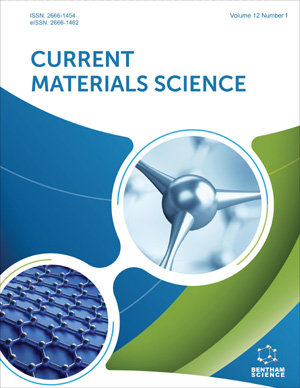Abstract
The anode of a Solid Oxide Fuel Cell (SOFC) is the component responsible for releasing electrons. It must present some prerequisites such as porosity (30-40 wt.%) and mixed conductivity (ionic and electronic). To achieve that, it often consists of a ceramic-metal composite (cermet) material. Ni-YSZ cermet is the material most commonly used as anode SOFC, however it presents low electrochemical efficiency below 750 °C. With this in mind, new materials have been studied, and Ni-GDC cermet has shown promising results. This chapter focused mainly on a brief review of NiO-Ce0.9Gd0.1O1.95 (NiO-GDC) composites and their Ni-GDC cermets as SOFC anode materials. The chapter reports the history, concept, operation principle, reaction mechanisms and components of SOFCs, addressing recent works in the field. The synthesis of NiO-GDC composites by a one-step synthesis method (polymer-based method) is compared with the conventional mechanical mixing method. Impedance spectroscopy is shown to be a crucial technique to investigate the electrical properties of SOFC functional materials. The chapter ends with a literature review on the electrical properties of NiO-GDC composites and their cermets.
Keywords: Impedance Spectroscopy, Microstructure, NiO-Ce0.9Gd0.1O1.95, NiOGDC, Ni-GDC, One-Step Synthesis, SOFC, SOFC Anode.




















